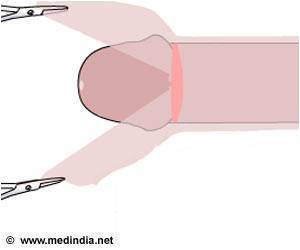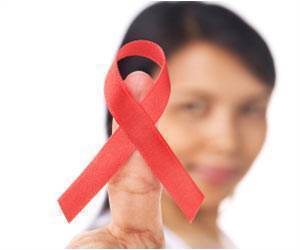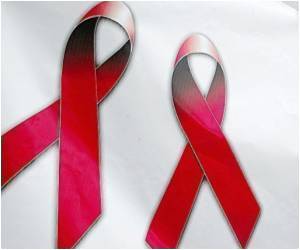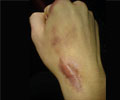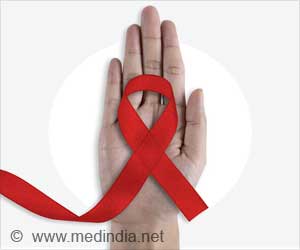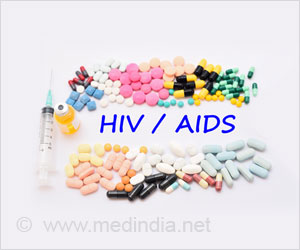When the wound is healing, HIV-infected men shed greater amounts of the virus than before. This is when risk of transmission to female partners is high.
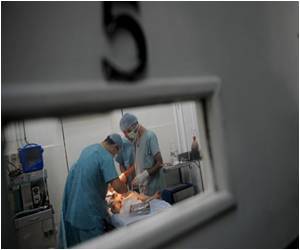
"There is a window of a few weeks after circumcision when the risk that an HIV-infected man could transmit the virus to a female partner actually increases," said the study’s first author Aaron Tobian, associate professor of pathology at the Johns Hopkins University School of Medicine. "During that time, more HIV-infected men are shedding the virus, and on average they are shedding greater amounts of it, than before circumcision," he noted.
However, scientists report that a new study of HIV-infected men in Uganda has identified a temporary, but potentially troublesome unintended consequence of the procedure: a possible increased risk of infecting female sexual partners while the circumcision wounds heal.
The study examined 223 HIV-positive Ugandan men who were medically circumcised. Circumcision reduced the number of HIV-positive men who were shedding the virus more than five-fold over the long term, but it had the opposite effect in the weeks right after the surgery. Case by case, the likelihood of HIV transmission from a newly-circumcised man to his female partner is less than one-tenth of one percent, the researchers estimated.
But with the WHO seeking to circumcise nearly 29 million men, the study projects that this small increase could add up to 17,000 new infections among female partners of newly circumcised HIV-infected men.
"Although we’re counseling men not to have sexual intercourse while their wounds are healing, we know that they are," Tobian said.
Advertisement
Source-IANS

